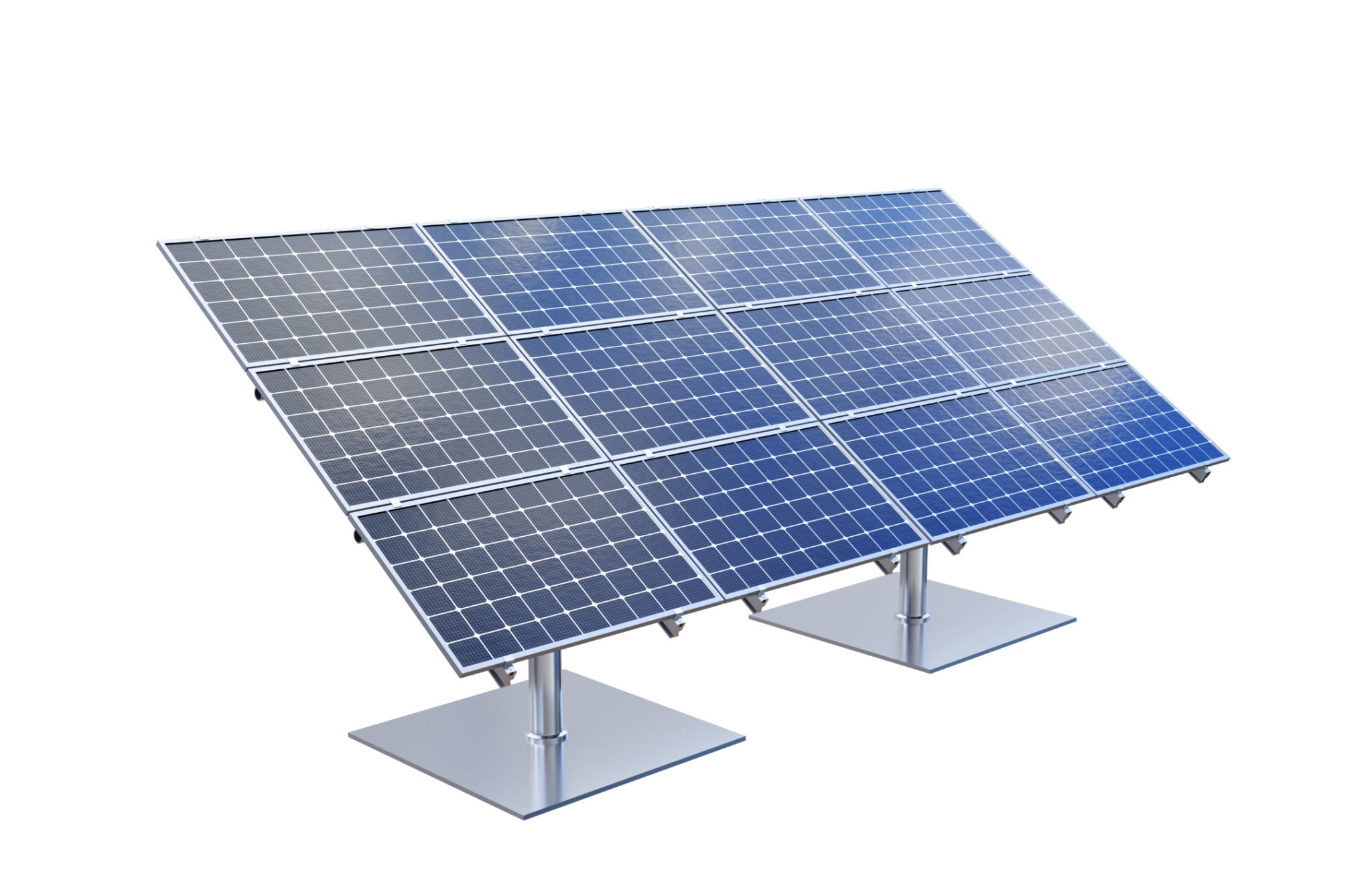Exploring the Latest Advancements in Photovoltaic Technology: What It Means for Your Energy Savings
Understanding Photovoltaic Technology
Photovoltaic (PV) technology has been steadily evolving, transforming how we harness solar energy. At its core, PV technology involves converting sunlight directly into electricity using semiconducting materials. This process, known as the photovoltaic effect, is the foundation of solar power systems. Recent advancements in this field promise increased efficiency and accessibility, marking a significant leap forward in energy solutions.
One of the most exciting developments is the improvement in solar cell efficiency. Traditional silicon-based solar cells have been the norm for years, but researchers are now exploring new materials like perovskite and organic photovoltaics. These materials not only offer potential cost reductions but also open the door to flexible and lightweight solar panels.

Efficiency Improvements and Cost Reductions
Increasing the efficiency of solar panels means more electricity can be generated from the same amount of sunlight. Recent breakthroughs have pushed the efficiency of some solar cells over 25%, and experimental technologies are reaching even higher levels. This increased efficiency translates to greater energy savings for consumers.
Moreover, as manufacturing techniques improve and economies of scale come into play, the cost of producing PV systems continues to decrease. This trend makes solar technology more accessible to a broader audience, reducing the initial investment required to go solar.

Integration with Smart Technologies
The integration of photovoltaic systems with smart technologies is another area where advancements are making a big impact. Smart inverters, for instance, enable better energy management and grid interaction. These devices can optimize electricity usage, reduce wastage, and even provide data analytics to help users understand their energy consumption patterns.
Additionally, pairing solar systems with energy storage solutions like lithium-ion batteries allows for energy use optimization. This combination means you can store excess solar energy produced during the day and use it during peak demand times or when sunlight is not available.

The Environmental Impact
The environmental benefits of photovoltaic advancements cannot be overstated. As more efficient solar panels become the norm, the carbon footprint of producing and using these systems decreases significantly. By reducing reliance on fossil fuels, PV technology plays a crucial role in combating climate change.
Furthermore, innovations in recycling programs for photovoltaic materials ensure that end-of-life panels are disposed of responsibly. This commitment to sustainability enhances the green credentials of solar energy.
Future Outlook
The future of photovoltaic technology looks promising with continuous research and development. Emerging trends such as bifacial modules, which capture sunlight on both sides, and building-integrated photovoltaics (BIPV), where panels are seamlessly incorporated into the structure of buildings, are just a glimpse into what lies ahead.
As these technologies mature and become more widespread, they will undoubtedly lead to greater energy savings for consumers. The combination of increased efficiency, reduced costs, and innovative applications promises a bright future for solar energy.

In conclusion, advancements in photovoltaic technology are setting the stage for a new era of energy savings and environmental benefits. By embracing these innovations, consumers can not only reduce their energy bills but also contribute to a more sustainable future. As solar technology continues to evolve, it will play an increasingly vital role in shaping our energy landscape.